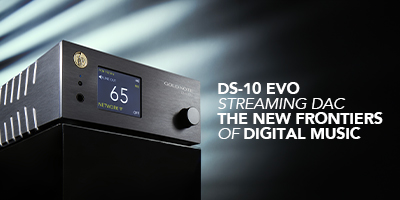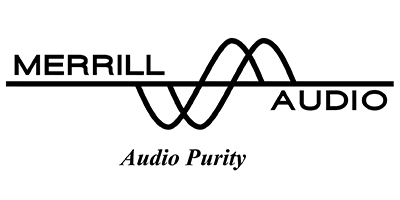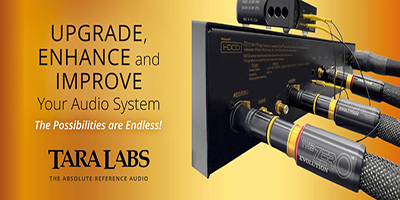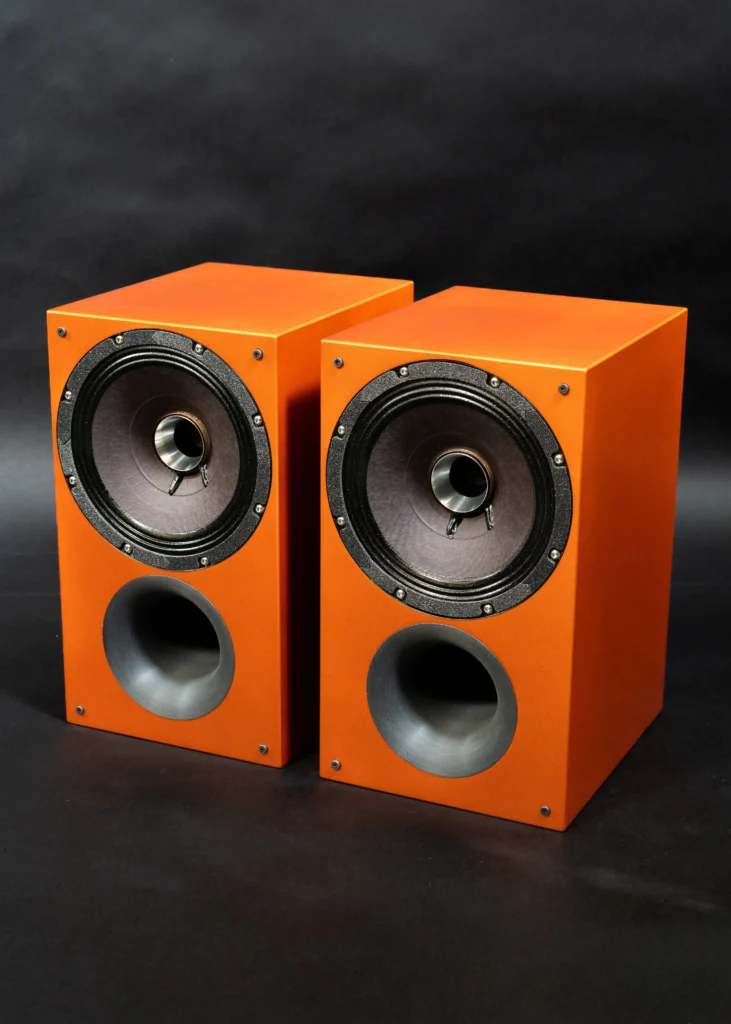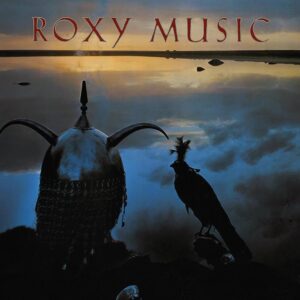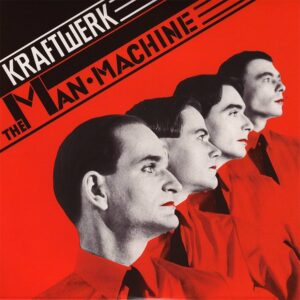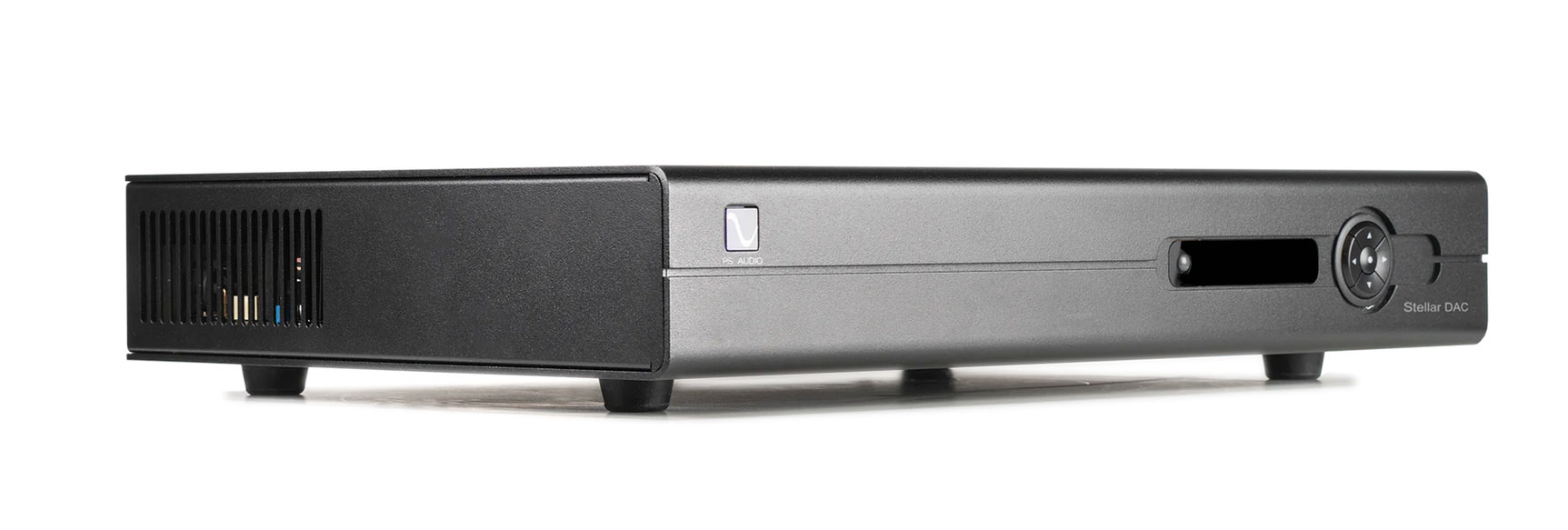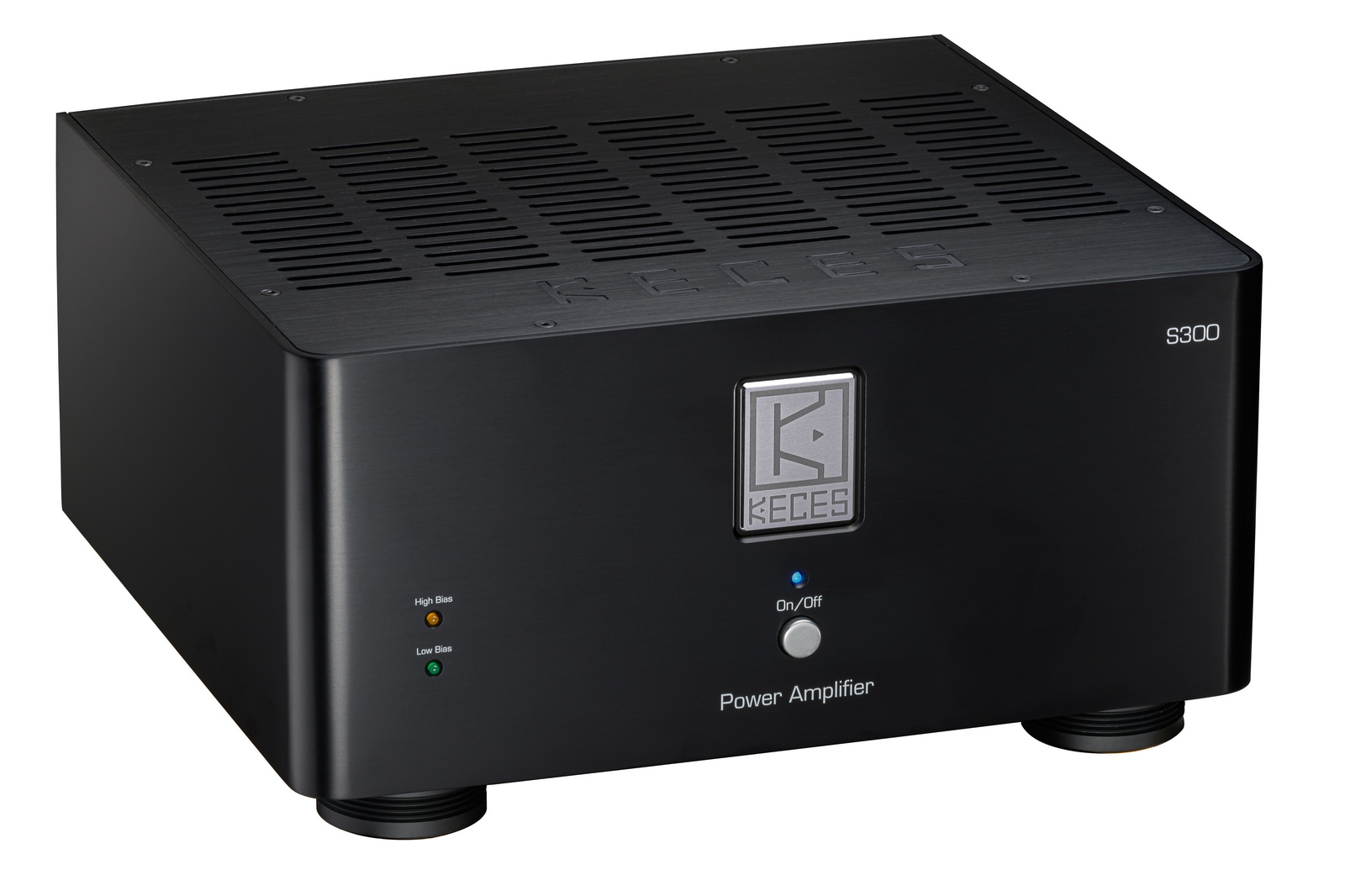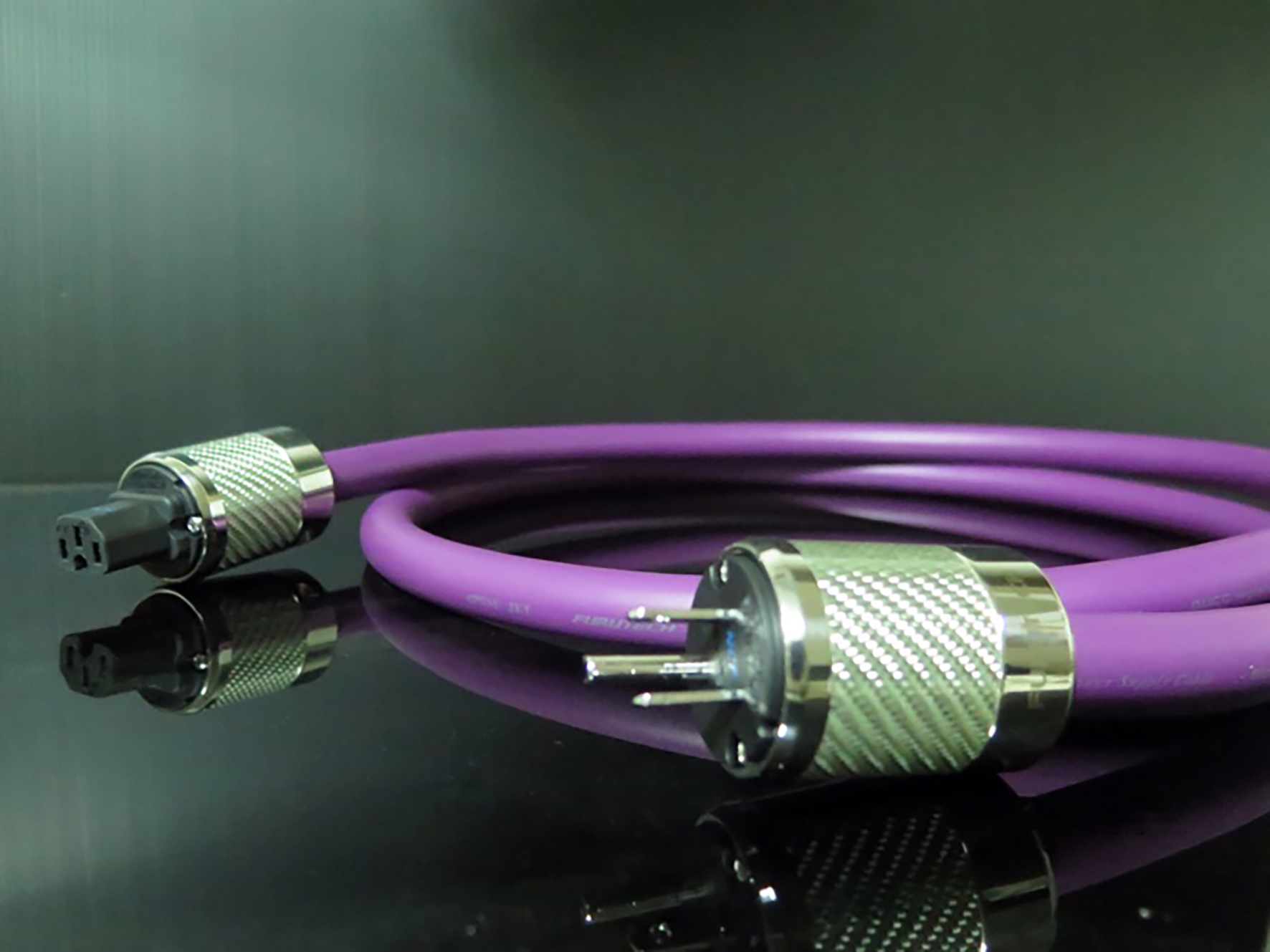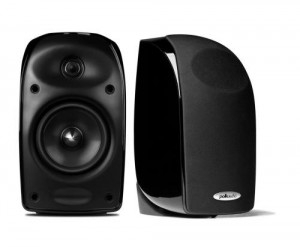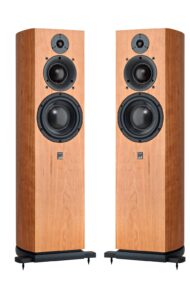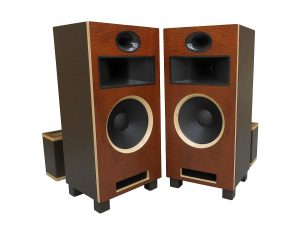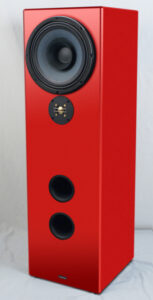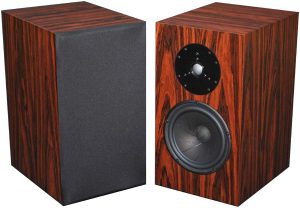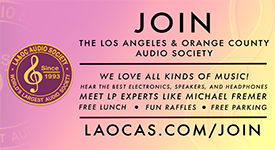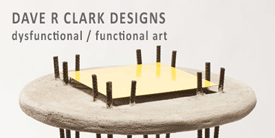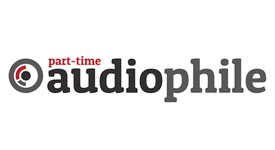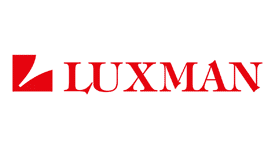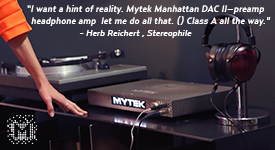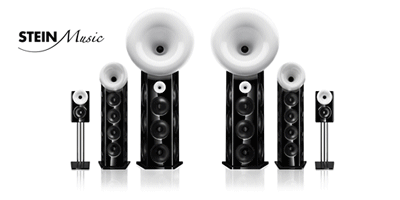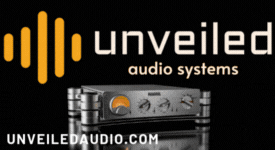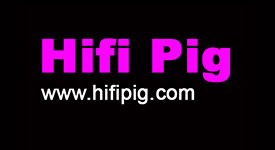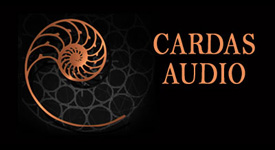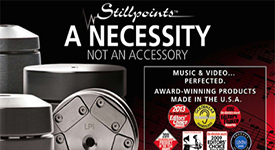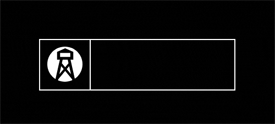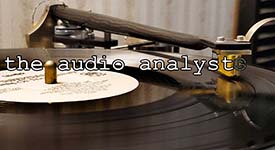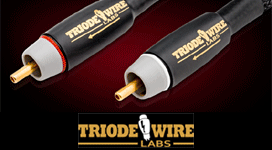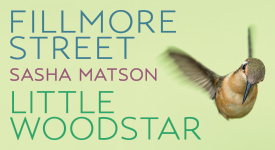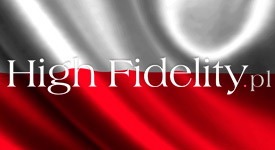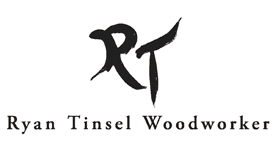A colleague once postulated that audio gear invariably sounds like the people who make it. The line of thinking goes that, if the person is big and bold, then their speakers look and sound the part. High-energy, constantly moving personalities turn out cables big on dynamics and tilted up tonal range. Quietly brilliant masterminds bring forth spec-heavy, analytical sounding preamps, and so on. The interesting thing about easy generalities is that once they're in your head, it's a snap to engage those preconceptions when meeting or evaluating anything new (hence, the easy part). So, when I come face to face with one of those human dynamo company presidents, I expect their showroom to boast an amplifier made out of a solid block of the earth's core and sporting enough power to drive a medium-sized Galactic Starcruiser. Granted, it's a specious theory, and nowadays most stuff is designed by an amorphous team of unpublicized identities. Still, it's a fun parlor game when it works…
Zu Audio, maker of the Method Bookshelf speaker is one of those serendipitous examples where producer and product align. Founded by twenty-somethings in the early aughts, the Zu Audio team, led by founder and brand ambassador Sean Casey, is still evergreen, socially conscious, and dedicated to being relatable to everyone. Zu Audio famously welcomes and encourages audio show attendees to sit back (couch provided), relax, and play records from a large selection of eclectic vinyl. I always envision the ridiculously fit and energetic Casey to be gunning his dirt bike like Hell Boy through the Moab (Utah, not Old Testament) desert, dodging kangaroo rats and calculating tweeter dispersion angles. Zu Audio speakers move with similar speed, employing high efficiency, full range drivers to produce dynamic, detailed sound. Although Zu Audio makes a wide range of highly valued products, they are especially well-known for making speakers that grab your attention like a kayak tumbling down the lip of an unexpected waterfall.
The Method Bookshelf Speaker on review makes a characteristically daring Zu Audio departure from expectations; that is, shelving the famous Zu full range driver in favor of an 8" coaxial driver. One obvious benefit of this design (apart from being able place it flat or standing up) is that it expands usable off-angle listening angles, proportionately reducing the chance of somebody hogging the sweet spot. For those who only read this review for the specs, info about the Method Bookshelf on the Zu Audio website is straightforward: efficiency is at 93dB @1m, 2.8V nominal (8 ohm impedance), bandwidth at 70 – 20kHz (3dB) 2pi [55 – 20kHz typical in-room], and radiation beam width is, being coaxial, (x and y axis) ±45 degree. Each Method Bookshelf speaker weighs 20 pounds, and is 15" tall, 8.75" wide, and 11" deep. Satin Black or Satin White finish comes standard for the Method Bookshelf speakers. Although others disagree, I feel that the Method Bookshelf speaker cabinet isn't quite as stylish as Zu Audio's other speakers. The excellent custom finish options are stunning, however, so that's a big plus. One also has a choice of the driver screw color, either Standardized Stainless Steel or Black Anodized Stainless. Be aware that the $699 standard price listed on the Zu Audio website is for one speaker only, so a pair will run you just under $1400. Those cool custom colors cost extra, but I think it'd be worth it.
The speakers arrived without incident, neatly packed and well-protected. Although all Method Bookshelf speakers receive 600 hours of burn-in at the factory before being shipped, I continued the break in period on my desktop system. My long commute requires that I leave very early, so I typically arrive about an hour early, thus giving me ample time to listen to music while prepping for the work day. When you're all alone in the morning hours, the peaceful stillness makes listening to music especially sweet. Eager to thrash that tranquil solitude, I have frittered away good money on small purchases of all manner of audio trinkets for my desktop menagerie. Vintage gear from Luxman, Tannoy, Acoustic Energy, Sony, a bunch of oddball Chinese dacs and cheap tube amps have come and gone. People at work are mainly oblivious to (or annoyed by) all that stereo bric-a-brac cluttering up my desk, but almost everyone seems to enjoy my streaming the music playlists given to me by my young colleagues. Less welcome is my sharing, for their own edification, naturally, a collection of my audiophile bon mots from days gone by. Anyway, flanked by the Zu Audio 15" sentinels diligently keeping all actual work at bay, I was able to get a fairly good read of the Method Bookshelf character. Nearfield, in open space and at low to moderate listening level, the Methods proved to be excellent desktop speakers, always engaging and not at all overwhelming. Their unvarnished, inviting delivery fully captivated me and, on a number of occasions, I would stop whatever I was doing just to revel in the sound. At 7 a.m., after driving for an hour or so in heavy traffic, I don't want anything that jars, ruffles, or jostles my sensibilities. So, you would think that the slightly forward sound of the Methods would be too much of a good thing at that hour. Just the opposite! Listening to my colleagues' playlists (which could be Banda, EDM, or a bunch of weird modern nonsense that these kids listen to nowadays, the Methods never failed to provide insights into the music. I also enjoyed the sensation of listening to a Panavision-wide soundstage (thanks Mr. Zu Coaxial!). Of course, at their size and price point, the Method Bookshelf speakers should be able to push around most faint-hearted desktop monitors, but their ability to work so well in this capacity is worth mentioning. When I finally packed them up to bring them home for critical listening, it was with a bit of regret for the desktop experience that I'd be missing.
At home, I set up the Methods on a pair of 23" high, heavy solid steel stands, putting the drivers fairly level to ear height. The room is a relatively small 12' x 13', in a cursedly square space with bare floors and a thick area rug. Amplification included the full Keces Audio system recently reviewed (S4 Preamp, S300+ Power Amplifier, Ebravo Streamer), but also two integrated amplifiers, a Peachtree Audio iNova and a Glow Audio Two. Initially, I used my favorite Schiit Audio Bifrost Uber DAC, but the arrival of the PS Audio Stellar DAC (review forthcoming) made for a welcome substitution. Cabling was Furutech DSS-4.1 Speaker Cables and DPS-4.1 Power Cable, and a beloved pair of Stereolab interconnects made by the late, much missed Chris Sommovigo.
From the get-go, the Method Bookshelf speakers deliver that sense of immediacy true to all Zu Audio speakers. They sound lively. Not lively, two pissed off Yorkies barking at each other lively, but lively-hey this is actually happening. By this I mean, the Methods have the ability of giving a sense of immediacy to even the most processed recording. Roxy Music's title track, "Avalon" (where have you gone, Brian Eno?) is as slick as a new set of veneers. The Methods easily conveyed the fabric of synthesizer, drum machine, and Phil Manzanera's lush guitar fills, then expertly placed Bryan Ferry's dramatic entrance on the vocal mic. Similarly, the Zu Audio speakers' treatment of Duke Ellington's Blues in Orbit album gave Johnny Hodges's saxophone just enough bite to remind you of the real thing, and greatly conveyed the sound of the small combo swinging like the pros they are. Admittedly, I love a full range of elephantine speakers shaking the trees as much as the next person, but how could you not like a pair of well-designed bookshelf speakers that make you embrace the music, and not some audiophile checklist?
Encouraged by the Methods' positive virtues, the review period continued for some time. Employing Qobuz to stream JS Bach's I. Missa. Kyrie, Gloria: No. 1, Kyrie eleison I (Raphaël Pichon and his ensemble Pygmalion), the Method Bookshelf speakers fully articulated the mesmerizing harmonies so artfully composed and recorded in all of their spellbinding beauty. This selection heard through the Method Bookshelf speakers is sure to evoke gratitude from the music lover, and possibly summon piety and introspection from the faithful. Moving from the beautiful to the damned, ever since a company rep loaded up his million dollar system to assault my eardrums with a punishingly screechy rendition of Elton John's "Honky Cat", this track has been my go-to track for determining whether or not a speaker is absolutely unlistenable for me. Playing this cut through the Method speakers, however, served up the verve without a hitch. The soundstage extended wide past the speakers, while the overall coherence kept things rocking. More importantly, the horn section accents were bright and snappy, and not the cruel prank of a sound that shuddered in my memory. What that company rep's massive system did do well, however, was deliver monumental heft and solidity in the lower mid and bass region. Alas, expecting anything remotely similar from the Methods is wishful thinking. Kraftwerk's "The Man-Machine" showed that molar-rattling bass is not in the Method Bookshelf's repertoire. You'll need to add a subwoofer or two if you expect to be shirtless disco dancing in your own private Düsseldorf. The limits of what these bookshelf speakers could do was more noticeable when I moved the Methods into my main listening room space. The Methods do volume well, and they do a fine job filling a largish room with music, but subs are encouraged if you're looking for something that really moves air. Alternatively, I did use one of them as a center speaker in my AV system. In this role, a Method Bookshelf speaker is an excellent choice for those wanting crisp dialog and solid integration into a full speaker array. One caveat, the speaker cabinet is larger than most center channels, so be sure to measure prior to purchase so that you don't obscure the screen.
Lastly, determining the best amplification was a tough call. The Keces Audio solid-state system brought the most out of the Methods in every way, as did going directly from the PS Audio Stealth DAC to the Keces Audio power amp. Surprisingly, some of the most thrilling moments came from my little Glow Audio tube amp. Granted, the Glow Audio was a little rough in stretches, but with the right music, this little amp could really make the Methods sing. That said, the Methods are not the speaker equivalent of warm apple fritters and a hug from Nana. If your ears are cooked, or if you're easily nettled by any speaker that takes off the gloves, these might may not be for you. My ears have some of that, and I am pretty picky, but I really enjoyed these bookshelf speakers. Invigorating, engaging, and no BS about them—the Method Bookshelf speakers ended up matching my expectations from the Zu Audio team after all.
Method Bookshelf Speakers
$699 per speaker
Zu Audio

